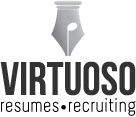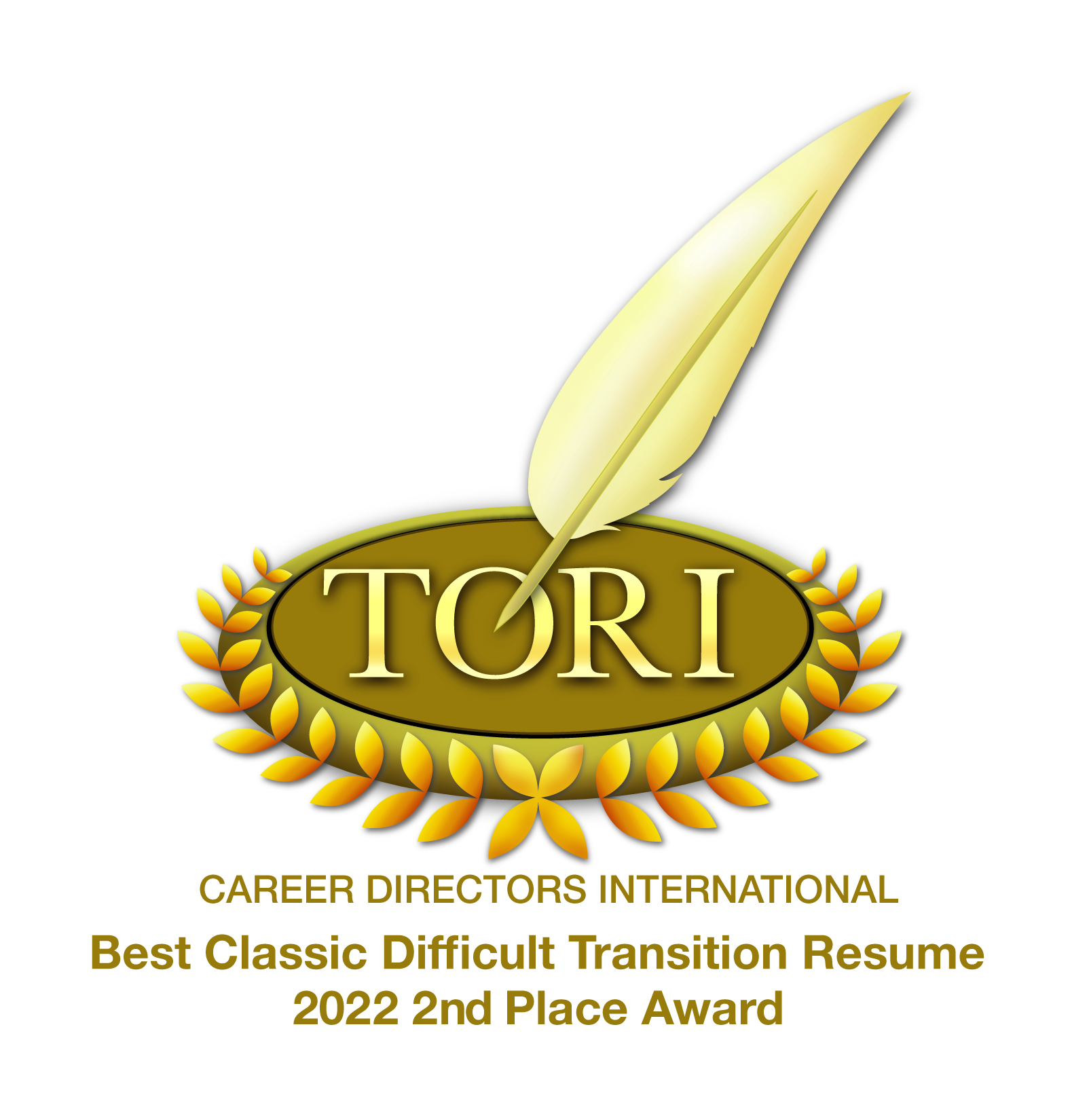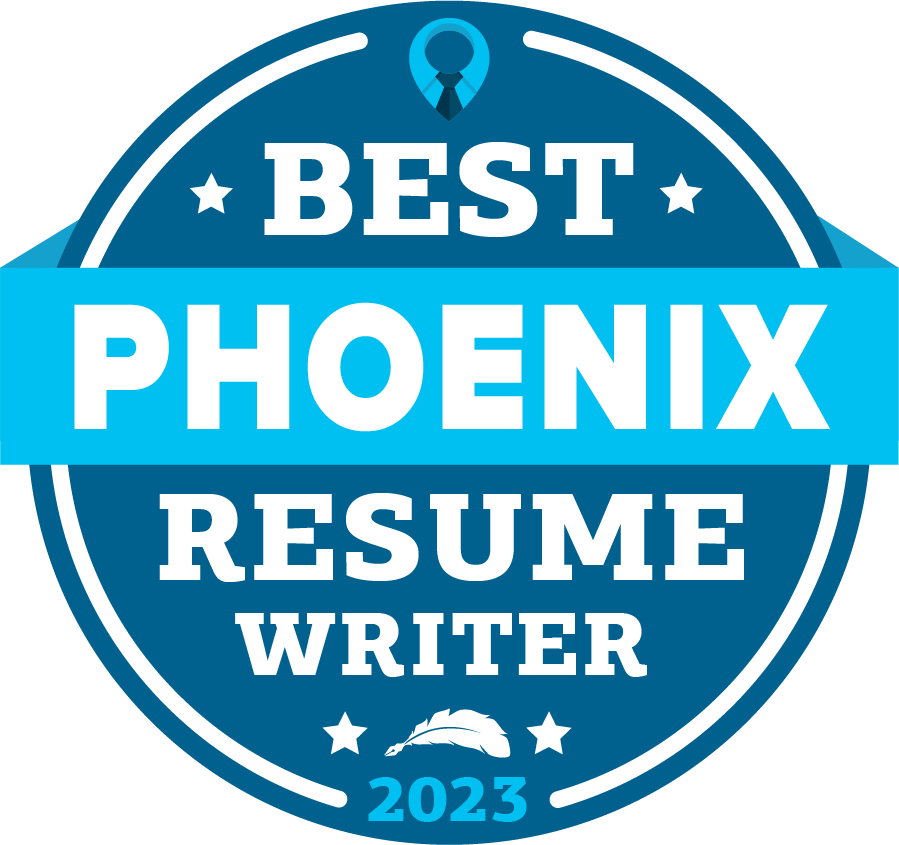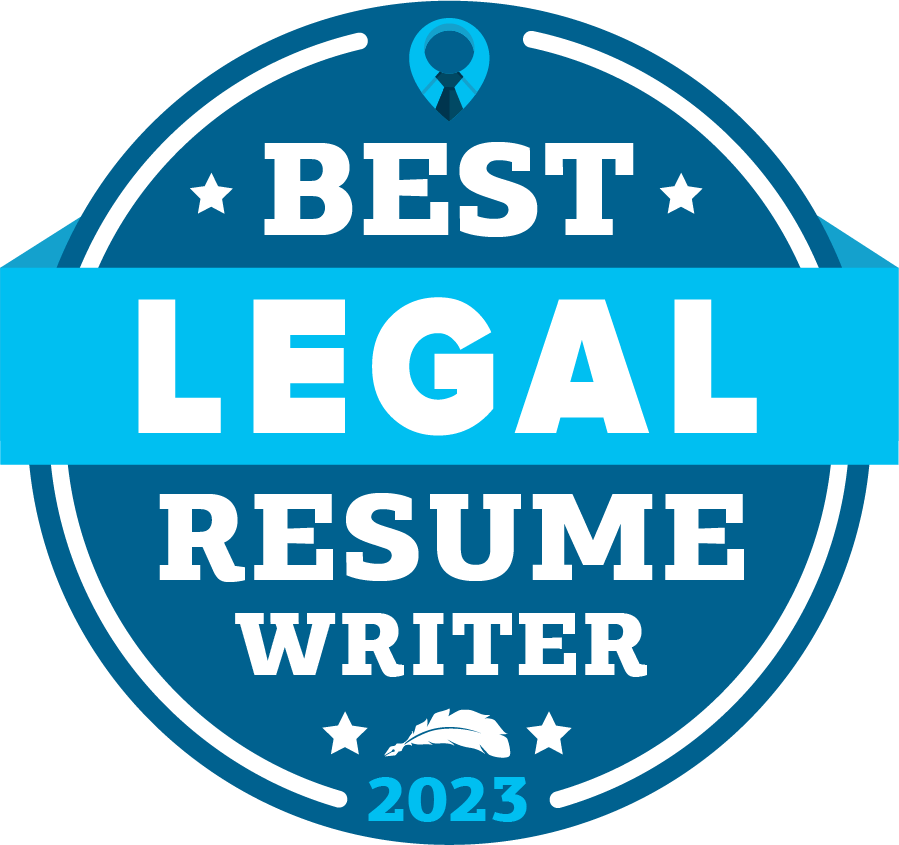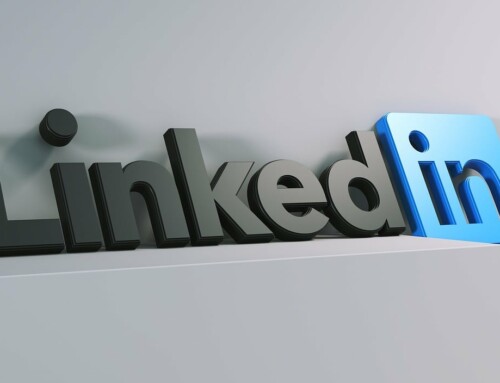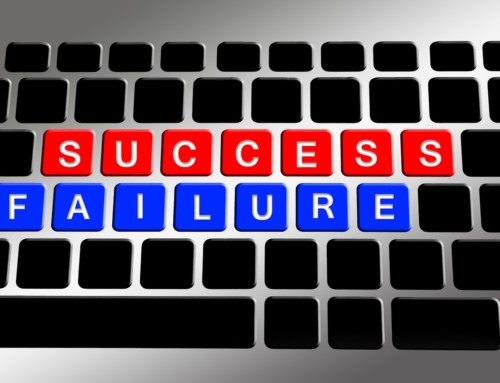
Congratulations on getting your resume out of the black hole! It took a lot of scrapping to get it from the minors to the majors, but it’s finally looking sharp and modern, and sent out to dozens of recruiters. So, what’s next?
Well, if your resume is like millions of others, it lands on some HR person’s desk as only 1 among 20 other candidates. A resume alone isn’t enough, and more recruiters are checking other things like social media profiles before making decisions on who to call.
Perhaps you’ve done your due diligence and cleaned up those party pictures on Facebook, but have you thought about your LinkedIn profile? It doesn’t matter whether you’re getting your employment toes wet for the first time or jumping into another job pool, a stunning LinkedIn profile is a must.
How do you make your profile attractive to recruiters? Here are the five things you need to have:
Casually Professional Pictures
Take a casually professional picture of yourself and put it in your profile. What makes a picture non-professional? Take a selfie and you’re out. Do you have to crop out your BFF in the shot? Nope, that’s not going to fly either. Are your kids in the photo too? Save that for Facebook. Hiring pros will think that you’re not taking it seriously.
Yet it’s also possible to go too formal. A picture of you on a grey or blue background in a suit will make you look old. Even if you’re going for a C-level position, it just makes you look old-fashioned. You’ve got to show depth!
Take a pic outside in natural light and give them a smile. Believe it or not, HR people are people too, and they’re more likely to think of you as a PERSON rather than just another applicant if you don’t look like a stuffed shirt.
Customized URLs
Which are you most likely to remember: www.linkedin.com/in/kme2914vsq221 or www.linkedin.com/in/kristamorris? No contest, right? LinkedIn lets you customize your profile URL to your name, your business name, or anything you want as long as it’s not taken by someone else. Think of this as another chance to cement your reputation.
Not having a customized URL on your resume tells anyone who wants to hire you that you’ve missed the technology boat. It’s not an absolute deal breaker, but you don’t want to give anyone doubts about your tech savvy. Set yourself up with a customized URL so that recruiters won’t have to wrack their brains trying to remember how to get to your profile later.
Personalized Summaries
Your executive summary gives hiring professionals more insight about who you are and what you would bring to your future employer. It’s another chance to shine, but unfortunately, most people squander it.
The most common things I see when I look at a LinkedIn summary are empty space and a copy of the executive summary from the resume. This doesn’t tell a recruiter anything! If an HR professional is looking for you on LinkedIn, they’ve (most likely) already read your resume and are seeking more information. Give it to them.
A First Person Perspective
Consider this sentence, “Krista has more than 15 years of experience writing resumes.” The only thing this sentence offers is a technical stat. It’s boring and it gives you no more value than a company that says, “Our goal is to satisfy the customer.”
Now consider this, “The best part of writing resumes is seeing my clients get the job of their dreams.” This is warmer. It gives an idea about what the writer does and why they do it. It is also much more relatable than a 3rd person wall. Be willing to stick your neck out by using a 1st person perspective.
Short and Sweet
Have you ever read the phrase TL;DR on an internet forum? It means “too long; didn’t read.” It’s a flip way of saying someone’s comments are too long and bored you. Put another way: I HATE scrolling. Others probably do too. Don’t create a TL;DR profile.
While you may think a recruiter reading your profile is interested in how your dog rescued you when you were ten, they are more concerned about how you will fit into their organization. If you’re chewing up the scenery with more than 3 paragraphs of information about things that don’t relate to a potential recruiter, you’re going too long. Short, sweet, simple, and to the point is the way to go.
Your LinkedIn profile is meant to be an expansion on your resume. It’s a place to put your personality and take some risks that you wouldn’t do on a formal resume. Yet it still must be professional and provide cogent information. If you follow these 5 tips, you’ll be miles ahead of many others who just see their profiles as a resume placeholder.
